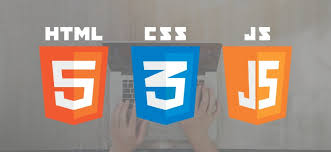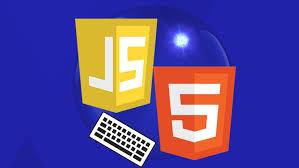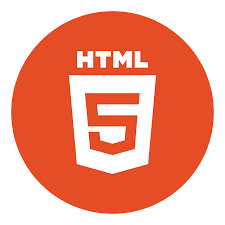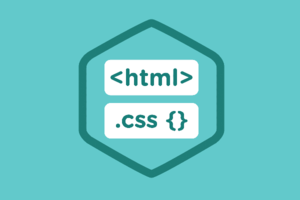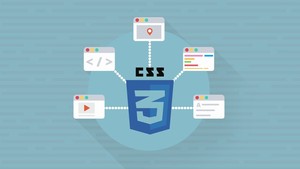Learn programming in HTML5, Javascript and CSS3 including jQuery and CSS3 styling.
Access Time: 1 Month
Course Details:
Introduction to HTML5 and CSS
Learn the fundamentals and see demonstrations of how to create styles and web pages
- Introducing HTML5
- define the basic elements of HTML5 with Visual Studio 2017
- recognize the various types of browser support for HTML5
- recognize the elements that make a basic page structure in HTML5
- HTML5 Semantic Elements and Layout Basics
- Styling HTML5
Styling HTML5 and JavaScript
Get an in-depth perspective in styling HTML5 and an introduction to JavaScript
- Styling HTML5 Elements
- Introducing JavaScript
- JavaScript Programming Fundamentals
- JavaScript Implementation
- Practice: Styling HTML5 and JavaScript
Advanced HTML5 and JavaScript
Dive into HTML5 and demonstrates the functionality of JavaScript, including integrations, validations, and form creation
- JavaScript Object Oriented Programming
- HTML5 Form Creation and Validation
- Practice: JavaScript OOP and HTML5 Forms
HTML5 APIs and Local Data Storage
Learn about the various HTML5 APIs, including audio and video, web storage, and offline APIs
- Introduction to HTML5 APIs
- File and Storage APIs
- Practice: HTML5 APIs and Local Data Storage
More Advanced HTML5 and CSS3
Learn styling in detail, using more complex methods including the addition of jQuery and CSS3 selectors
- HTML5 Text and Block Elements with CSS3
- Styling HTML5 with a Web Site
- CSS3 Selectors with jQuery
- Practice: Complex HTML5 and CSS3
Advanced Input Validation
Learn advanced HTML5 and JavaScript feature that can be used for client side input and form validation
- Advanced HTML5 Input Validation
- Advanced JavaScript Input Validation
- Practice: Input Validation for Data Entry
Advanced CSS
Learn the advanced features of CSS, including creating content layouts and manipulating the CSS based on the device media characteristics
- create and style a multi-column layout with a fixed number of columns
- create and style a grid content layout
- use CSS Exclusions to wrap text in order to surround elements
- use CSS Regions to dynamically flow data into regions on a web page
- use CSS Media Queries to detect the capabilities of a device and style content
- work with Media Query characteristics to adjust styling to create a responsive design
- use the print media type to style a web page differently when it is printed
Course Fee: USD 75
Register Now
